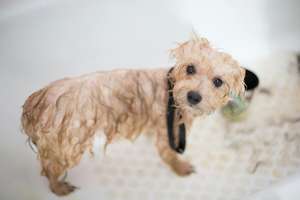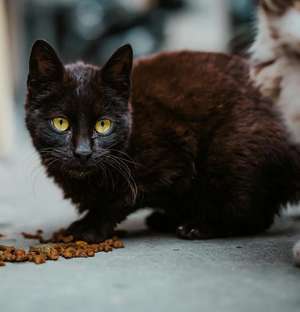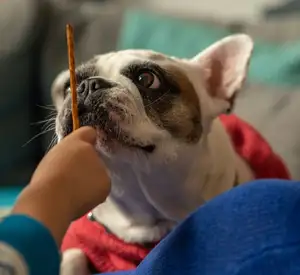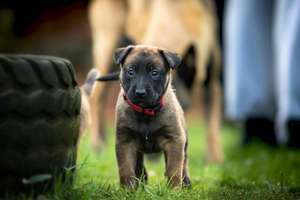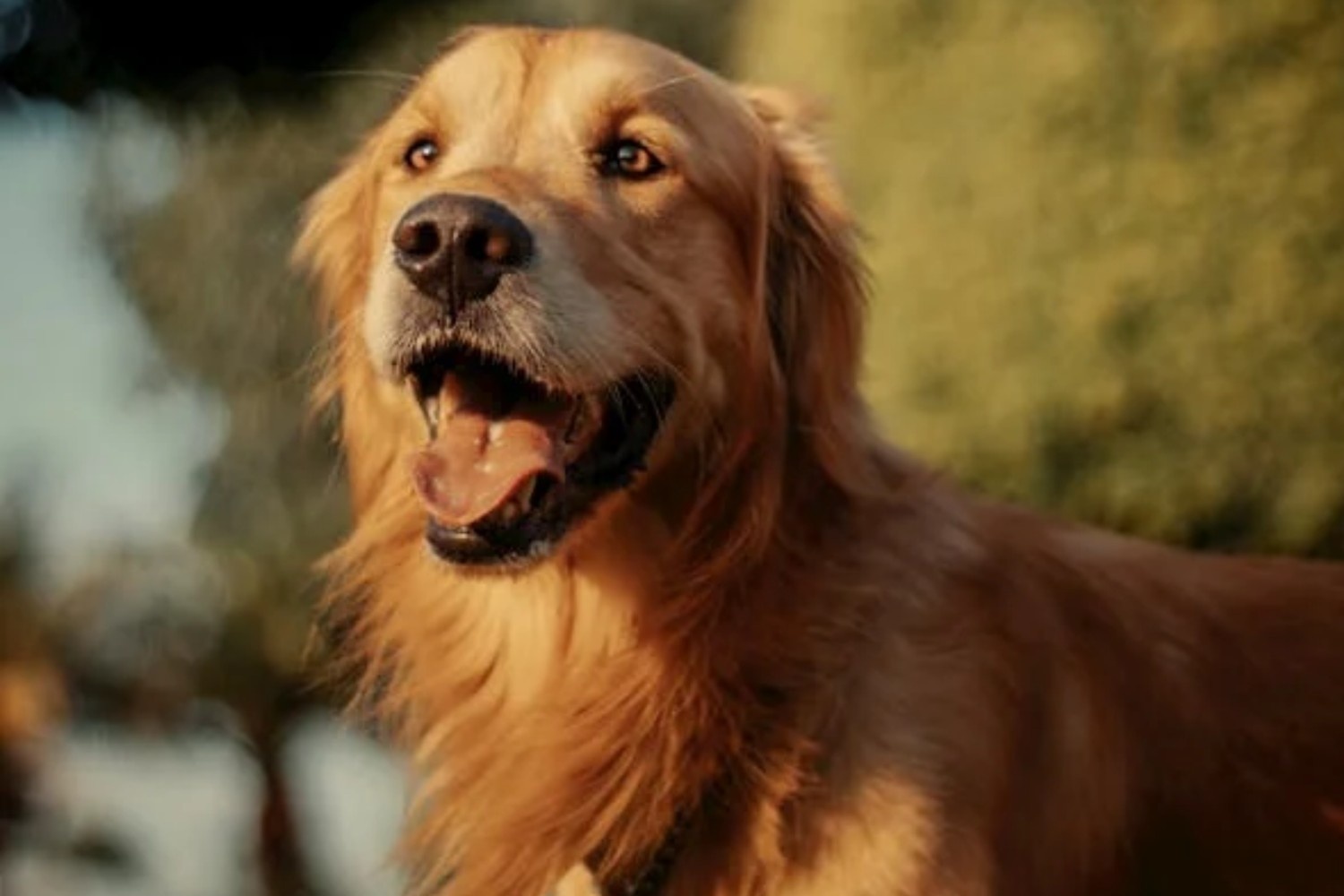
A Tailored Touch: Grooming Guide for Every Dog Coat Type
Dogs present a delightful array of breeds, each boasting a distinct coat type. From the glossy elegance of the Afghan Hound to the Poodle's plush curls, recognizing your dog's specific fur requirements is essential for their well-being. This guide zeroes in on dog coat types, breed-specific grooming essentials, strategies for grooming different dog coats, and overall tips for caring for dog fur. It equips pet owners with the necessary insights to ensure their furry friends remain in prime condition.
Classifying Dog Coat Types
Dog fur can generally be sorted into several categories: short, medium, long, curly, wiry, and double, with each category displaying distinct characteristics and necessitating specific grooming approaches:
- Short Coats often need the least grooming but benefit from routine brushing to eliminate loose hair.
- Medium Coats might require more frequent brushing sessions to keep tangles at bay.
- Long Coats usually demand daily attention to prevent mats and maintain their splendor.
- Curly Coats can entangle easily and might need professional grooming to maintain the curls' definition and cleanliness.
- Wiry Coats are inclined to tangling and usually necessitate special grooming tools.
- Double Coats, with their dense undercoat and longer topcoat, require consistent grooming to manage shedding and help with temperature regulation.
Tailoring to Breed-Specific Grooming Needs
Grooming needs can vary widely across breeds:
- Active Breeds like Labradors and Golden Retrievers, known for their hearty coats, thrive with regular baths and brush-outs to clear dirt and loose fur.
- Show Breeds, such as Shih Tzus or Yorkshire Terriers, may often seek professional grooming services to preserve their breed-specific appearance.
Addressing the Grooming of Various Dog Coats
- Combating Tangles and Mats: Utilizing tools like slicker brushes and detangling solutions can aid in managing longer coats.
- Bathing Practices: Selecting a shampoo that matches your dog's skin and coat type is crucial. It’s important to bathe only as necessary to avoid depleting the coat's natural oils.
- Haircuts and Trimming: Certain breeds benefit from regular trimming to keep their coat in check. Proper tools and techniques are vital to ensure a safe grooming experience.
General Tips for Coat Care
- Diet Matters: A diet enriched with essential fatty acids supports a glossy, healthy coat.
- Routine Grooming Checks: Keeping up with regular grooming appointments helps identify and address any potential skin or fur issues early on.
- Weather Protection: Suitable attire in harsh weather conditions can prevent coat damage.
Conclusion
Grooming transcends mere aesthetics for dogs, playing a crucial role in their health and happiness. By identifying your dog's coat type, applying breed-specific grooming strategies, and adhering to general fur care advice, you ensure your canine companion doesn’t just look their best but feels their best too. For both new and seasoned dog owners, perfecting the craft of dog grooming enriches the bond with your pet, making every brush stroke a step towards their well-being.


